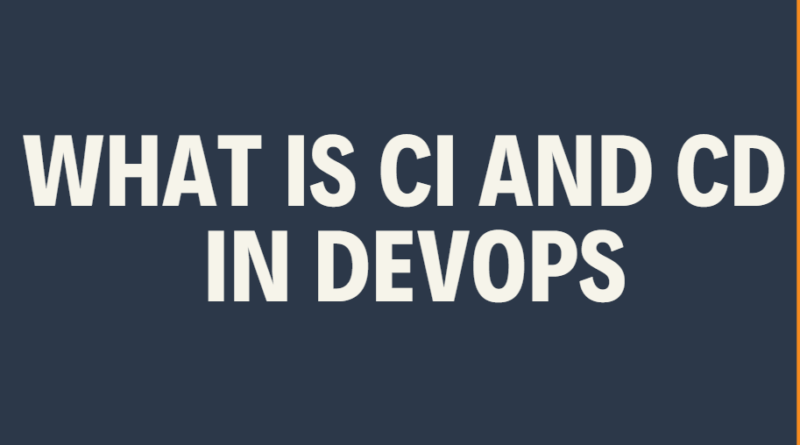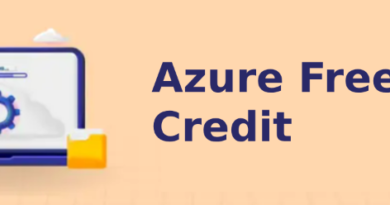What is CI & CD in DevOps
The Role of CI and CD in Modern Software Development
In the world of software development, Continuous Integration [CI] and Continuous Delivery [CD] have become essential practices for ensuring the delivery of high-quality software at a rapid pace.
These practices have revolutionized the way software development is done, enabling organizations to deliver new features and updates faster than ever before. In this blog, we will explore what CI/CD is, what CI and CD are, how they work, and how they work together.
What is CI?
Continuous Integration [CI] is a software development practice that requires developers to regularly merge their code changes into a central repository, where automated build and testing processes are run.
The goal of CI is to detect and fix integration issues early in the development cycle, before they become major problems.
The CI process typically involves the following steps:
- Developers write and commit code changes to a central repository.
- An automated build system pulls the code changes from the repository and builds the application.
- Automated tests are run against the newly built application to ensure that it meets the required quality standards.
- If the tests pass, the changes are merged into the main branch of the repository.
The CI process enables developers to catch errors early in the development cycle and ensures that everyone is working with the latest code changes.
By detecting issues early, developers can avoid costly delays and ensure that the software is delivered on time and meets the required quality standards.
What is CD?
Continuous Delivery [CD] is a software development practice that builds upon CI/CD ensures that software is always in a releasable state, with the goal of enabling frequent, reliable releases of new features and updates.
The CD process typically involves the following steps:
- Code changes are committed to a central repository and go through the CI process.
- Once the tests have passed, the application is packaged into a deployable artifact, such as a JAR or WAR file.
- The deployable artifact is then deployed to a staging environment undergoing further testing and validation.
- If the staging tests pass, the application is deployed to the production environment.
The CD process automates the entire software delivery pipeline, from code changes to production deployment, ensuring the software is always in a releasable state. This enables organizations to release new features and updates quickly and reliably, with minimal risk of downtime or issues.
How do CI and CD work together?
CI and CD work together to enable organizations to deliver high-quality software at a rapid pace. The CI process ensures that code changes are integrated and tested regularly, while the CD process ensures that the software is always in a releasable state.
The two processes are closely intertwined, with the CD process depending on the CI process to ensure that the software is built and tested correctly.
By combining CI and CD, organizations can achieve the following benefits:
- Increased speed of software delivery: By automating the build, testing, and deployment processes, organizations can release new features and updates faster than ever before.
- Improved quality: By catching errors early in the development cycle, CI and CD ensure that software meets the required quality standards and is delivered with minimal issues.
- Reduced risk: By automating the entire software delivery pipeline, CI and CD reduce the risk of downtime or issues caused by manual errors or misconfigurations.
In conclusion, by combining the two practices, organizations can deliver high-quality software at a rapid pace, enabling them to stay competitive and meet the evolving needs of their customers.
Thank you for taking the time to read this article. If you found it helpful, please consider leaving a comment and sharing it with your friends. To stay updated on future articles, be sure to follow me. Additionally, I invite you to explore my other useful articles. Thank you for your support!



